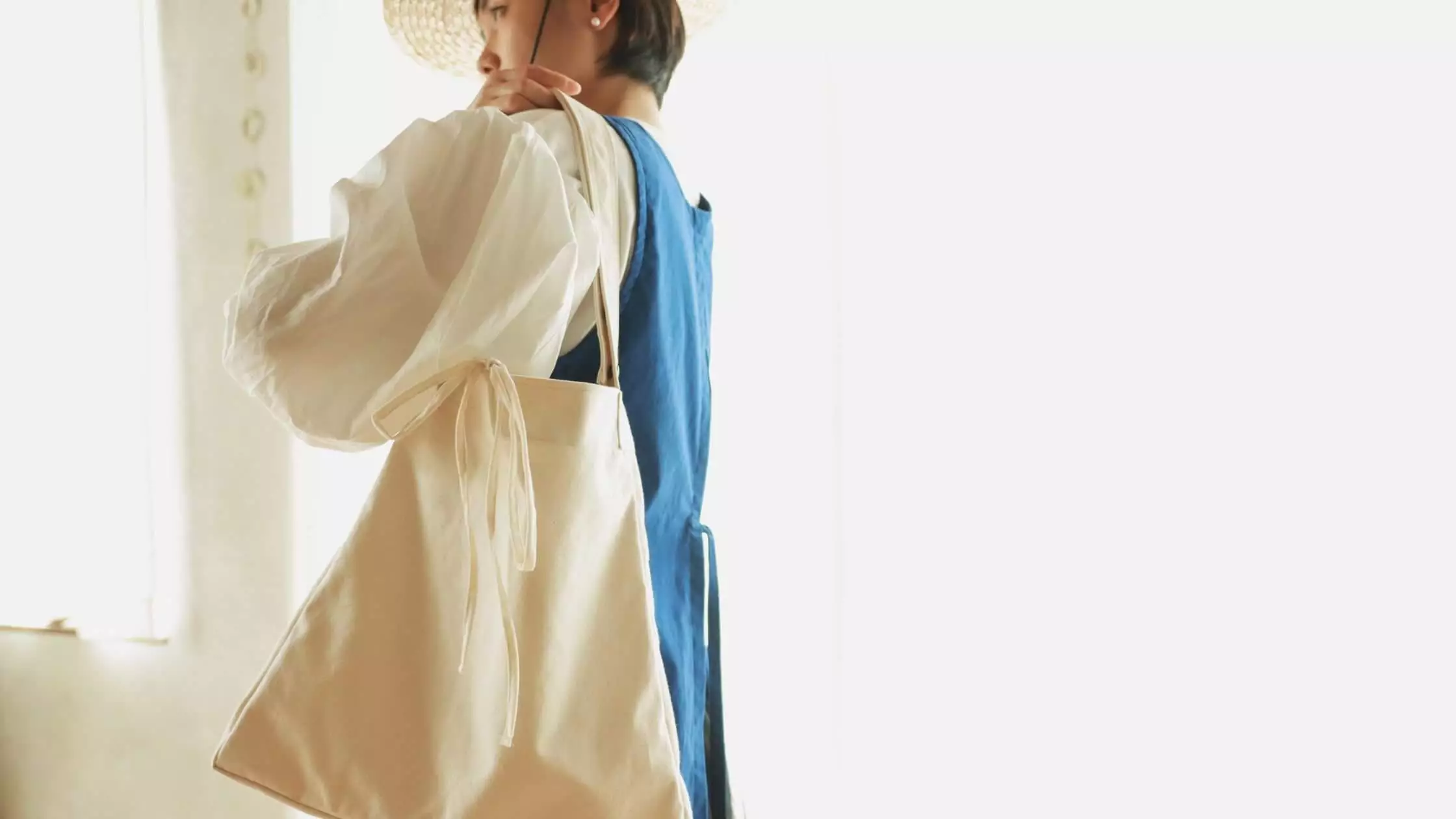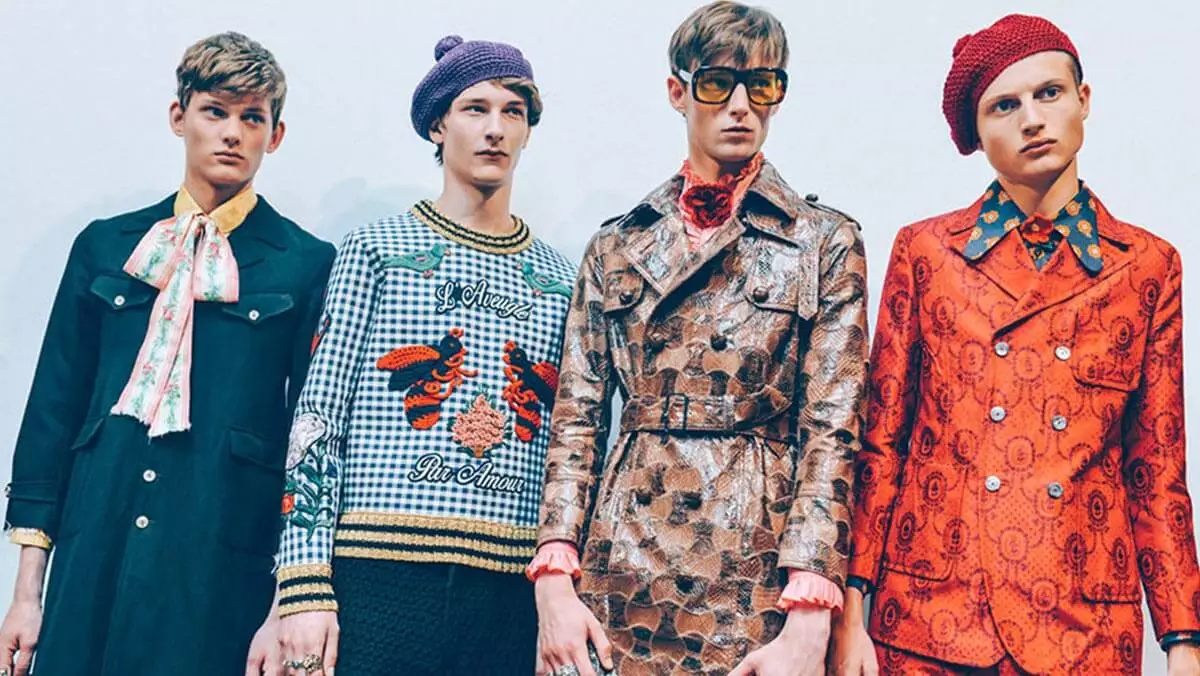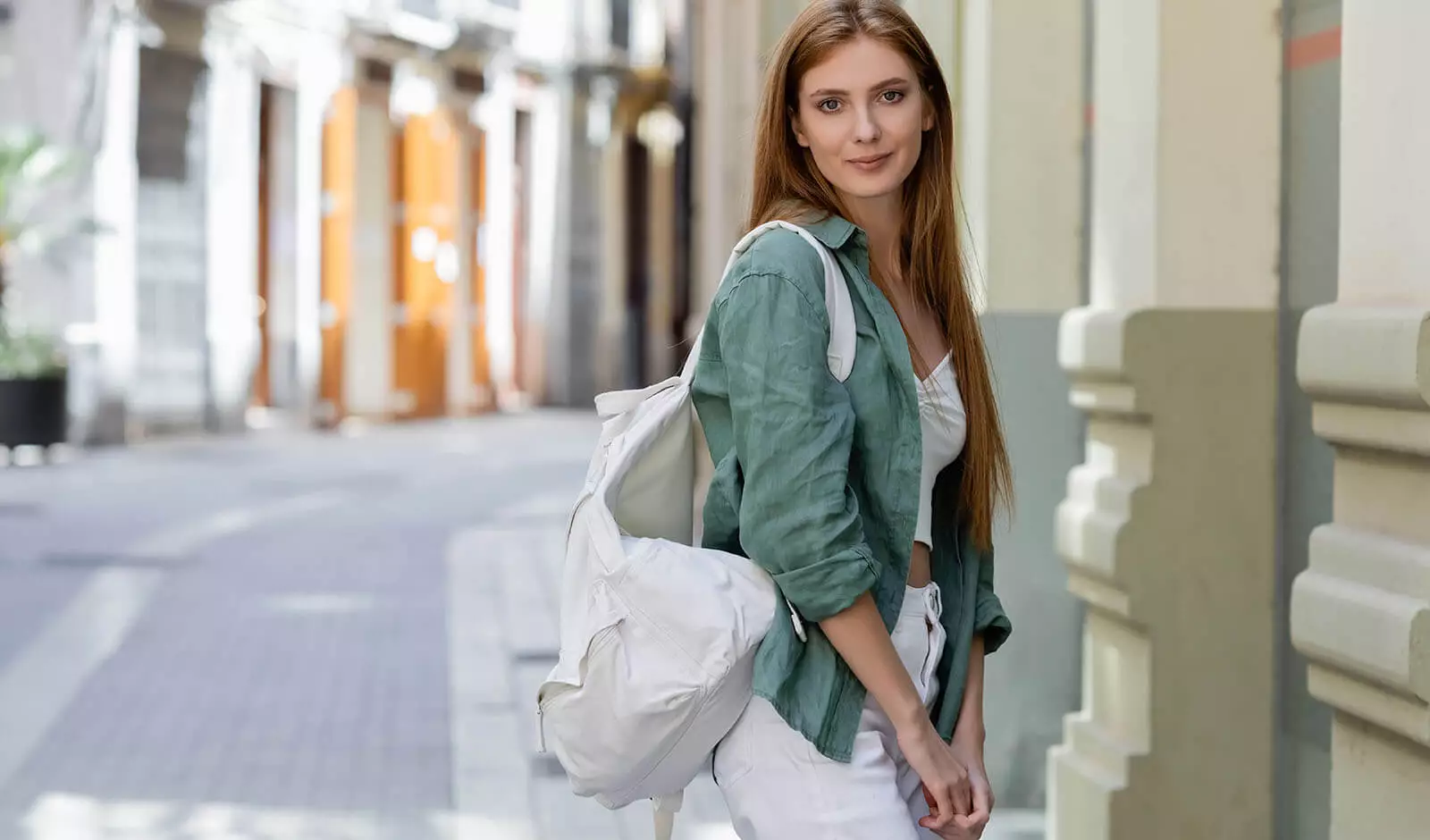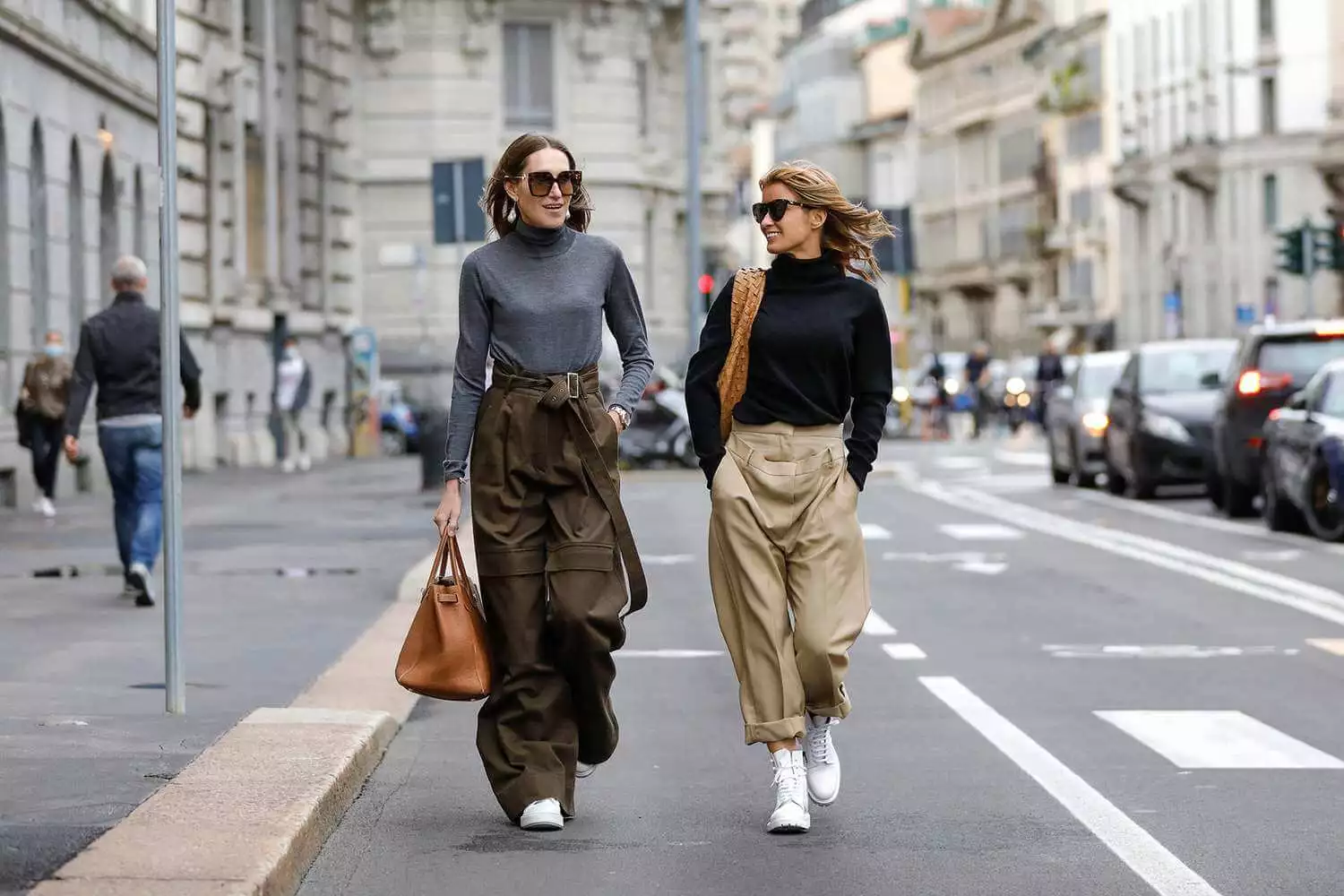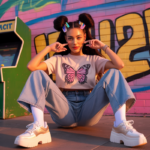The Rise of Slow Fashion: Ethical and Mindful Shopping
In a world of fast fashion, the rise of slow fashion has emerged as a transformative movement, emphasizing ethical and mindful shopping practices. As I embarked on my journey into slow fashion, I discovered a new way of approaching my wardrobe—one that values sustainability, social responsibility, and personal expression. Slow fashion encourages us to break free from the cycle of disposable trends and instead embrace garments that are ethically produced, made to last, and reflect our unique style. Join me as we delve into the world of slow fashion and explore its incredible benefits for a more conscious and stylish future.
Content

The Benefits of Slow Fashion
When it comes to fashion, embracing the slow fashion movement brings forth numerous benefits that go beyond just looking stylish. Slow fashion emphasizes ethical production, sustainable materials, and longevity, making it a compelling choice for mindful shoppers. Let’s explore the key advantages of slow fashion and why it’s worth considering.
Also Read: The Evolution of Street Style: From Subculture to Mainstream
1. Ethical Production and Fair Trade Practices
In the world of slow fashion, ethical production is paramount. Brands prioritize fair trade practices, ensuring that workers are treated with dignity and paid fair wages. By supporting slow fashion, you contribute to a more just and equitable industry that values human rights and well-being.
2. Sustainable Materials and Production Methods
Slow fashion champions the use of sustainable materials, such as organic cotton, hemp, and recycled fibers. These materials reduce the environmental impact of fashion by minimizing water usage, chemical pollution, and carbon emissions. Additionally, slow fashion promotes eco-friendly production methods, like natural dyeing and low-waste manufacturing processes.
3. Longevity and Durability of Garments
One of the standout benefits of slow fashion is the emphasis on creating high-quality garments built to last. Slow fashion pieces are designed with durability in mind, using superior craftsmanship and sturdy materials. By investing in these timeless pieces, you can build a versatile wardrobe that withstands the test of time, reducing the need for constant replacement.
Slow Fashion on a Budget
Contrary to popular belief, embracing slow fashion doesn’t have to break the bank. With a mindful approach and a little creativity, you can adopt slow fashion principles while staying within your budget. Let’s explore some practical strategies for enjoying the benefits of slow fashion without sacrificing your wallet.
1. Thrift Shopping and Secondhand Clothing
Thrift shopping is a treasure trove for budget-conscious slow fashion enthusiasts. Explore thrift stores, consignment shops, and online marketplaces to discover unique and affordable pre-loved clothing. By giving these items a second life, you contribute to reducing textile waste and supporting a circular fashion economy.
2. DIY and Upcycling Techniques
Unleash your creativity and breathe new life into old garments through do-it-yourself (DIY) and upcycling projects. Transform an oversized shirt into a trendy crop top, or add embellishments to an old pair of jeans. With a bit of sewing or crafting skills, you can customize your wardrobe to reflect your unique style.
3. Budget-Friendly Ethical Fashion Brands
As the demand for sustainable fashion grows, more ethical fashion brands are emerging, catering to various budgets. These brands offer well-crafted, ethically-made garments at affordable prices. Look for transparent brands that prioritize fair labor practices and use eco-friendly materials.

The Role of Technology in Slow Fashion
Technology has become a powerful ally in the realm of slow fashion, revolutionizing the way we produce, consume, and engage with sustainable clothing. From innovative fabric production to virtual try-on tools, technology plays a vital role in driving the growth and impact of the slow fashion movement. Let’s explore the various ways technology is shaping the future of sustainable fashion.
1. Sustainable Innovations in Fabric Production
Advancements in technology have paved the way for sustainable fabric production methods. From recycled fibers to plant-based alternatives, cutting-edge technologies enable the creation of eco-friendly textiles. Innovations like waterless dyeing, 3D knitting, and fabric made from agricultural waste contribute to reducing the environmental footprint of the fashion industry.
2. Online Platforms Promoting Slow Fashion
The rise of e-commerce and online platforms has provided a convenient avenue for consumers to access slow fashion brands and products. Dedicated websites and marketplaces showcase a wide range of sustainable fashion options, making it easier for shoppers to discover and support ethical and eco-friendly brands.
3. Virtual Try-On and Digital Styling Tools
Virtual try-on technologies and digital styling tools have emerged as game-changers in the slow fashion landscape. These innovations enable shoppers to visualize how garments will look on them without physically trying them on. By reducing the need for excessive returns, these tools minimize waste and streamline the shopping process.
Technology is propelling the slow fashion movement forward, offering solutions that enhance sustainability, accessibility, and convenience. From sustainable fabric production methods to online platforms and virtual try-on tools, technology is revolutionizing the way we engage with and embrace slow fashion.
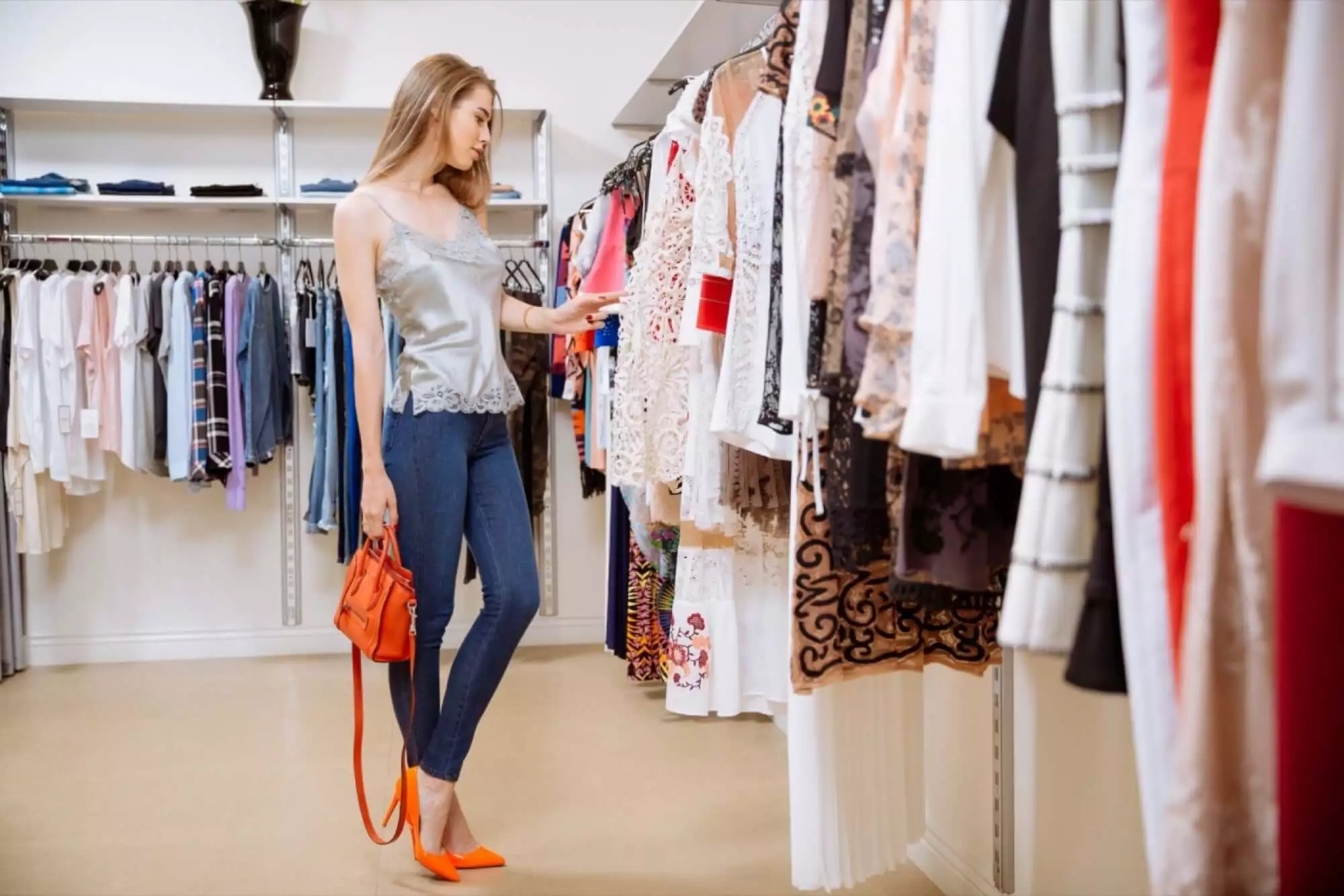
Conclusion
As I conclude this exploration into the rise of slow fashion and its impact on ethical and mindful shopping, I am inspired by the incredible potential for positive change within the fashion industry. Through conscious consumption and a shift towards sustainability, we have the power to make a difference. Slow fashion teaches us to value quality over quantity, to support brands that prioritize fair labor practices and eco-friendly materials. By embracing slow fashion, we can shape a future where style and ethics go hand in hand, creating a world where our fashion choices reflect our values and contribute to a more sustainable and mindful society.
FAQs
Is slow fashion only applicable to clothing, or does it extend to other fashion items like accessories?
Slow fashion principles can be applied to various fashion items, including clothing, accessories, footwear, and even beauty products. The focus is on sustainable and ethical production practices, regardless of the type of item.
How can I ensure the authenticity and transparency of a slow fashion brand’s claims?
When evaluating a slow fashion brand’s authenticity, look for certifications like Fair Trade, GOTS (Global Organic Textile Standard), or B Corp, which indicate compliance with ethical and sustainable standards.
Are there online platforms or directories that specifically curate slow fashion brands?
Yes, there are online platforms and directories that specialize in curating slow fashion brands. Websites like Good On You, DoneGood, and Ethical Made Easy provide comprehensive lists and ratings of ethical and sustainable fashion brands to help consumers make informed choices.
What should I do if I experience difficulties with online orders from slow fashion brands?
If you encounter issues with online orders, start by reaching out to the brand’s customer service. Provide a clear description of the problem and request a resolution. Most slow fashion brands prioritize customer satisfaction and will work to resolve any issues promptly.
Are there any sustainable fashion apps that can assist me in my slow fashion journey?
Yes, there are several sustainable fashion apps available that can aid you in your slow fashion journey. Apps like Good On You, Project Cece, and Buy Me Once provide information on sustainable brands, ethical ratings, and even tips for upcycling and repairing clothing.

Theresa Smith is an experienced fashion blogger. She has been blogging for nearly 10 years, and her blog posts are often featured in major publications. Her blog posts cover everything from the latest trends to tips on how to wear certain pieces of clothing. Theresa’s favorite style icons include Audrey Hepburn and Michelle Obama, who she cites as having great style.

